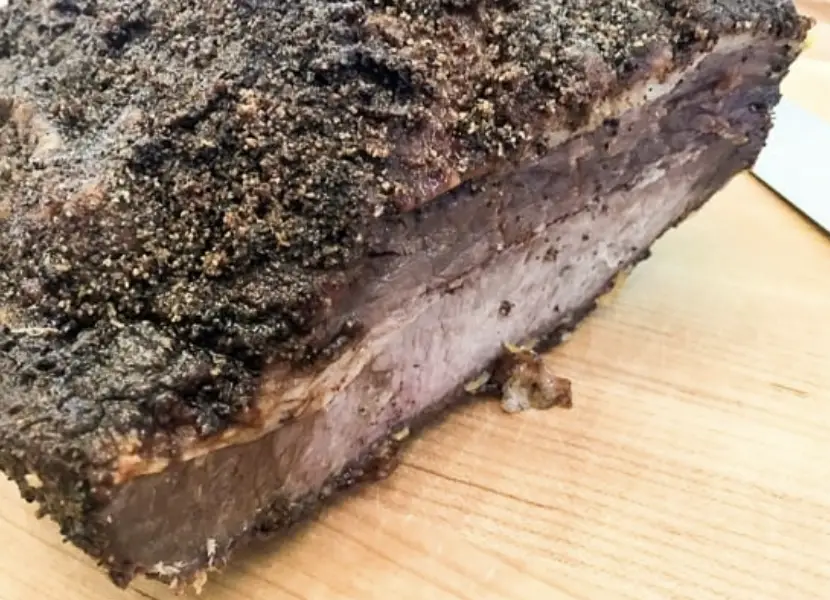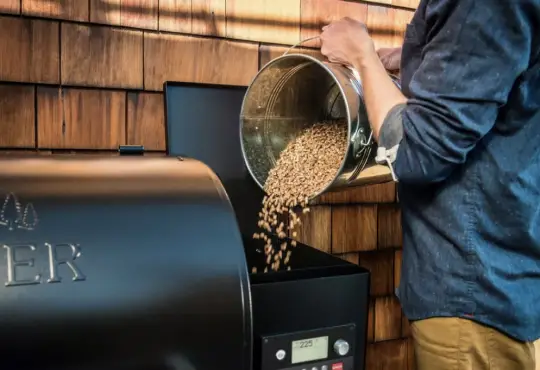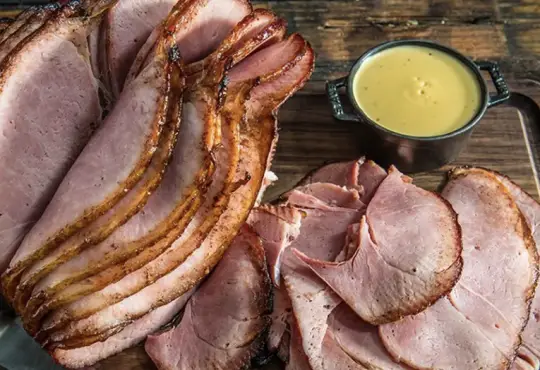
Troubleshooting Tough Brisket: Unraveling the Mystery of Why Your Smoked Brisket is Tough
Smoking a brisket is a labor of love that can result in a mouthwatering and tender masterpiece. However, there are instances when the brisket turns out tough instead of succulent. In this blog post, we’ll delve into the common culprits behind tough smoked brisket and provide valuable tips to help you achieve that melt-in-your-mouth perfection you’re aiming for.
1. Undercooked Brisket:
One of the primary reasons for tough brisket is undercooking. Brisket is a tough cut of meat that requires low and slow cooking to break down the collagen and connective tissues. If your brisket is undercooked, these tough fibers remain intact, resulting in a chewy texture.
2. Lack of Resting Time:
Resting your brisket after smoking is crucial to allow the juices to redistribute throughout the meat. Skipping this step can lead to moisture loss and toughness. Always let your brisket rest for at least 30 minutes before slicing.
3. Incorrect Temperature:
Maintaining the proper smoking temperature is essential. Fluctuations in temperature can result in uneven cooking and tough spots in the brisket. Aim for a consistent temperature of around 225°F to 250°F throughout the smoking process.
4. Inadequate Fat Cap:
The fat cap on a brisket plays a vital role in keeping the meat moist during the smoking process. If you trim too much fat, the brisket can dry out and become tough. Leave a thin layer of fat to help protect the meat.
5. No Moisture Enhancement:
Adding moisture to the smoking environment can help prevent the brisket from drying out. You can use a water pan or spritz the brisket with apple juice or a flavorful liquid to keep it moist.
6. Improper Trimming:
While some fat is essential, excessive fat or uneven trimming can lead to an uneven cooking process. Uneven cooking can cause certain parts of the brisket to become tough while others are tender.
7. Slicing Against the Grain:
The direction in which you slice the brisket is crucial. Slicing against the grain breaks down the muscle fibers and results in a more tender texture.
8. Choosing the Wrong Cut:
Not all brisket cuts are created equal. There are two primary cuts: the flat (leaner) and the point (fattier). The flat can be more prone to drying out and becoming tough if not properly managed.
9. Inadequate Rub or Seasoning:
A well-balanced rub or seasoning can enhance the flavor of the brisket, but using too much salt or seasoning can lead to a dry and tough exterior.
In Conclusion:
Achieving a tender and mouthwatering smoked brisket requires attention to detail, patience, and the right techniques. By addressing these common pitfalls and applying the tips provided, you can turn tough smoked brisket into a distant memory. Embrace the learning process, experiment with different methods, and remember that practice makes perfect. With dedication and practice, you’ll soon be enjoying perfectly tender and flavorful smoked brisket that will leave everyone asking for seconds.






